
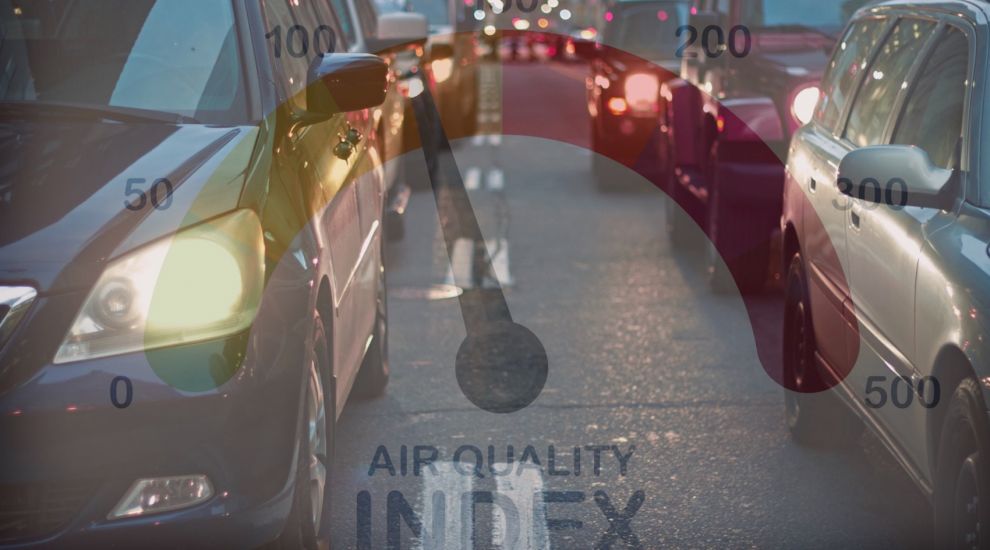

Continued reduction in harmful pollutants and technological improvements provide a "good opportunity" to "review and potentially update" Jersey's decade-old air quality strategy, according to a UK-based independent researcher.
Jersey's current Air Quality Strategy has been in place since 2013, ensuring compliance with EU and UK limits.
UK-based Ricardo Energy and Environment carries out the island's air quality monitoring annual report.
The 2022 report was published last week, and found that Jersey's levels of harmful pollutants were below the maximum levels permitted in the European Union.
However, levels in some locations exceeded an advised limit revised by the World Health Organisation in 2021.
The report is carried out by the researcher on behalf of the government's Natural Environment Department at a cost of £17,192 to the public purse.
Monitoring devices were used to measure levels of nitrogen dioxide and hydrocarbons – the main pollutants from vehicles – at different locations around the island.
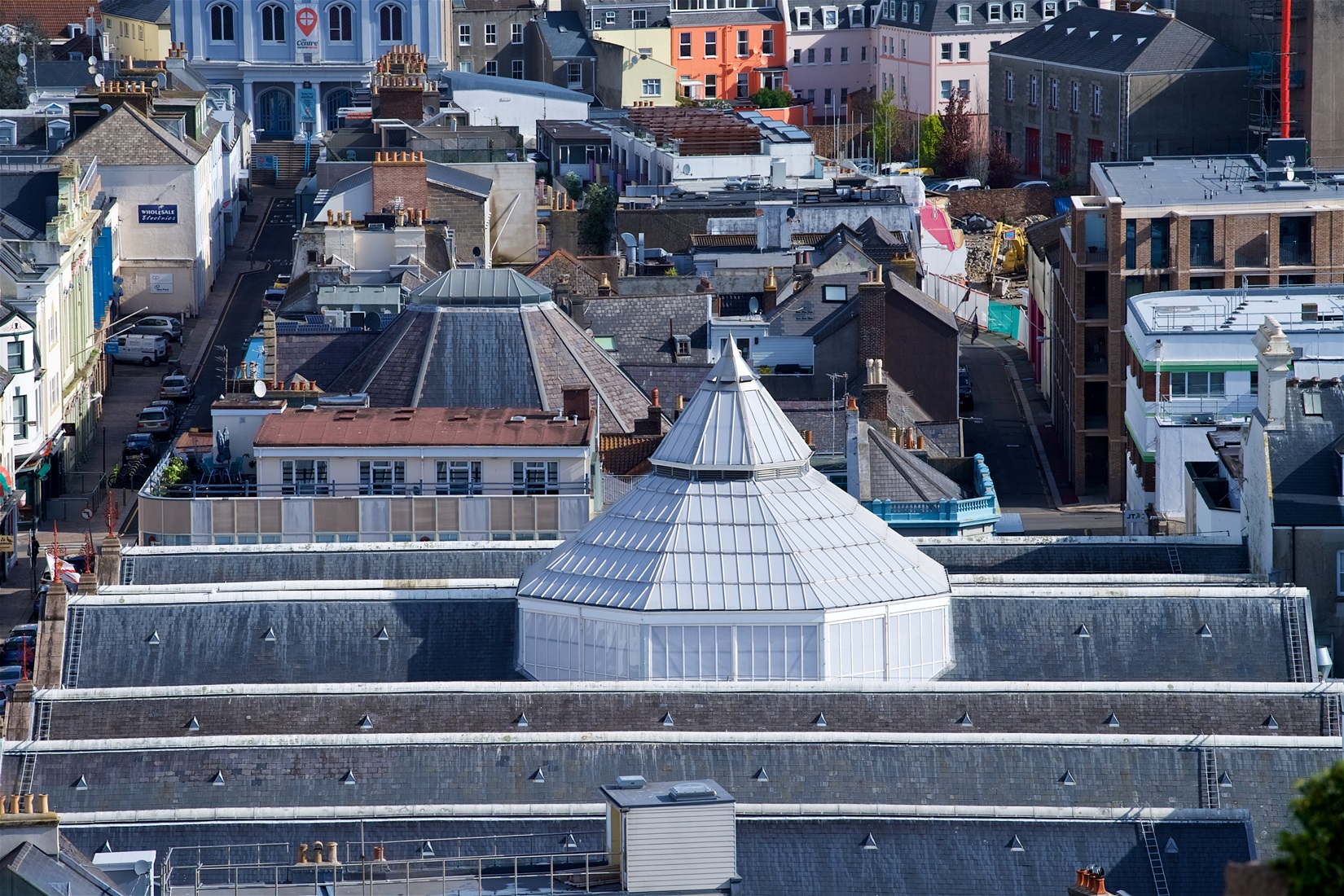
Pictured: The researcher measured the air quality in and around town. (Rob Currie)
Nitrogen dioxide was measured at a monitoring station on Beresford Street, instead of at the Central Market as in previous years, and by samplers at 23 sites.
Levels of hydrocarbons were monitored at five locations. Some hydrocarbons are very harmful to human health – with one, benzene, linked to cases of leukaemia.
Each of the hydrocarbon-measuring sites showed an annual average levels below those required by EU directives.
The 2022 annual average from the automatic monitor at Beresford Street Market was 17 cubic micrograms, lower than that recorded at the Halkett Place site in 2021 (21 cubic micrograms).
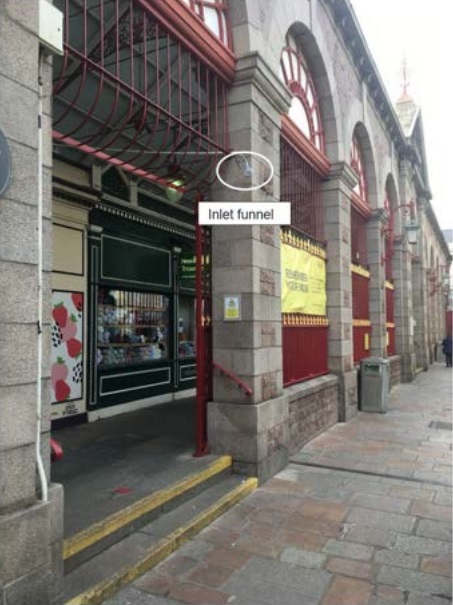
Pictured: The air quality monitoring site in Beresford Street.
The updated WHO guidelines introduced in 2021 advise an annual mean limit for nitrogen dioxide of 10 cubic micrograms.
Beresford Street did not meet this guideline during 2022.
In the recommendations, the report's author wrote: "With ongoing reductions in concentrations and improvements in technology since the Jersey Air Quality Strategy was last published in 2013, now would be a good opportunity to review and potentially update the document."
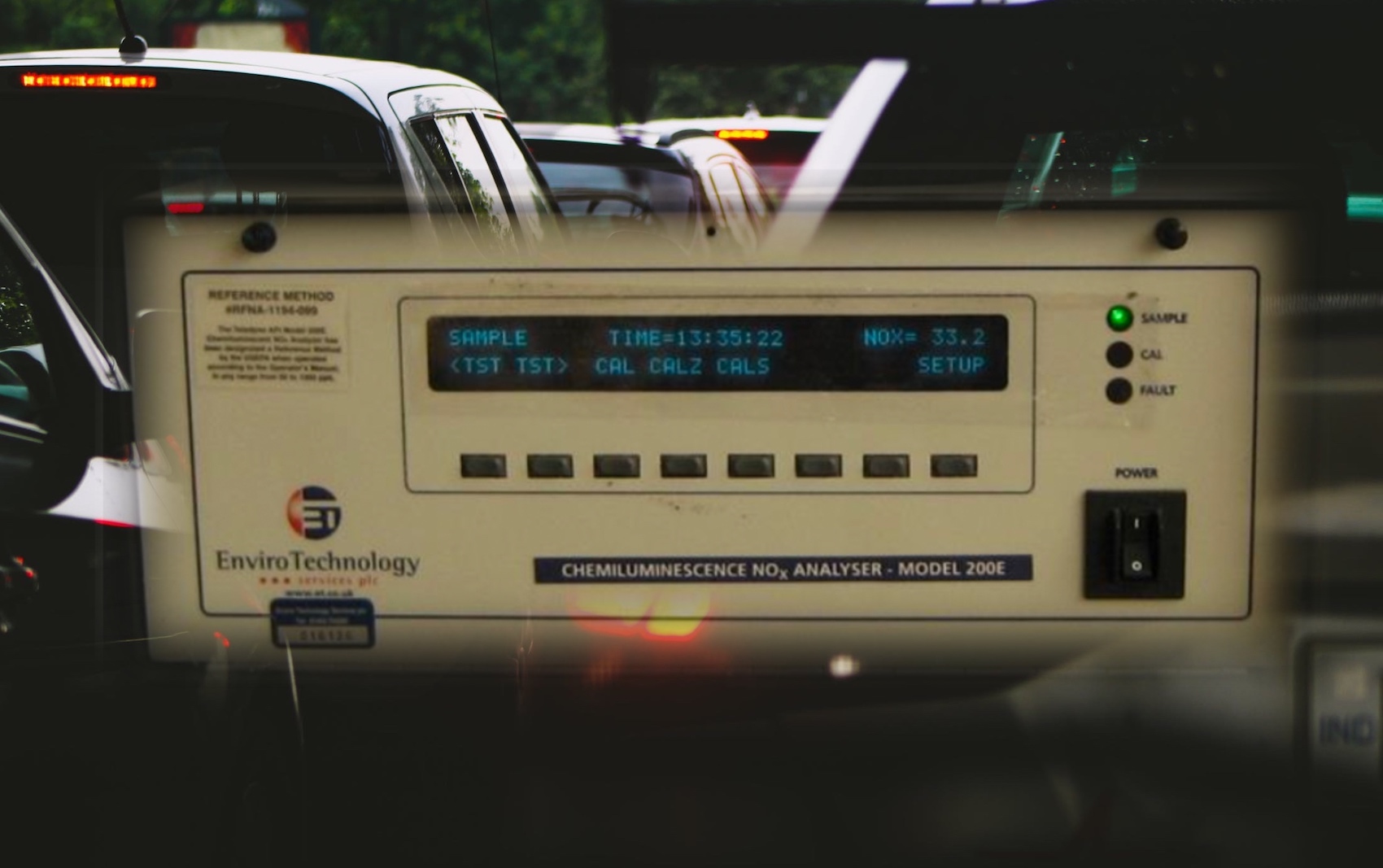
Pictured: The report said that technology has been updated since the strategy was last published in 2013.
The report also recommended developing vapour recovery legislation to further reduce emissions from petrol stations and Jersey's fuel farm.
This was the 26th consecutive year in which an annual monitoring programme has been carried out.
The highest hourly peaks of nitrogen dioxide were recorded in mid-June, with significant high periods also seen in January, February and December.
The report also found that the highest levels were consistently recorded at a particularly early (and sharp) morning rush hour peak, between 07:00 and 08:00, with a gentle but broad evening peak during the afternoon rush hour.
This could be due to early morning traffic associated with the market, and use of the short-term parking where drivers regularly leave vehicles running.
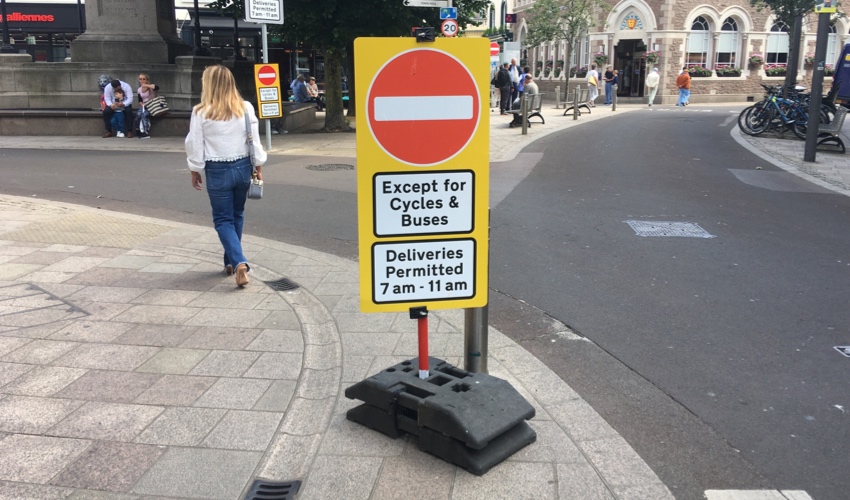
Pictured: The pedestrianisation of Broad Street has had a positive impact on air quality in that area.
Broad Street became pedestrianised in May 2020 which has resulted in reductions of nitrogen dioxide in 2021 and 2022 to 17 and 16 cubic micrograms respectively.
A comparison between 2022 averages for Beresford Street Market and Guernsey Bulwer Avenue showed that Jersey site is slightly higher than the Guernsey site.
During 2020 and 2021, the pandemic affected the deployment and collection of the diffusion tubes, as well as a notable change in measurements as a result of restrictions.
However, the effects of the pandemic on air quality were felt less in 2022.
Comments
Comments on this story express the views of the commentator only, not Bailiwick Publishing. We are unable to guarantee the accuracy of any of those comments.